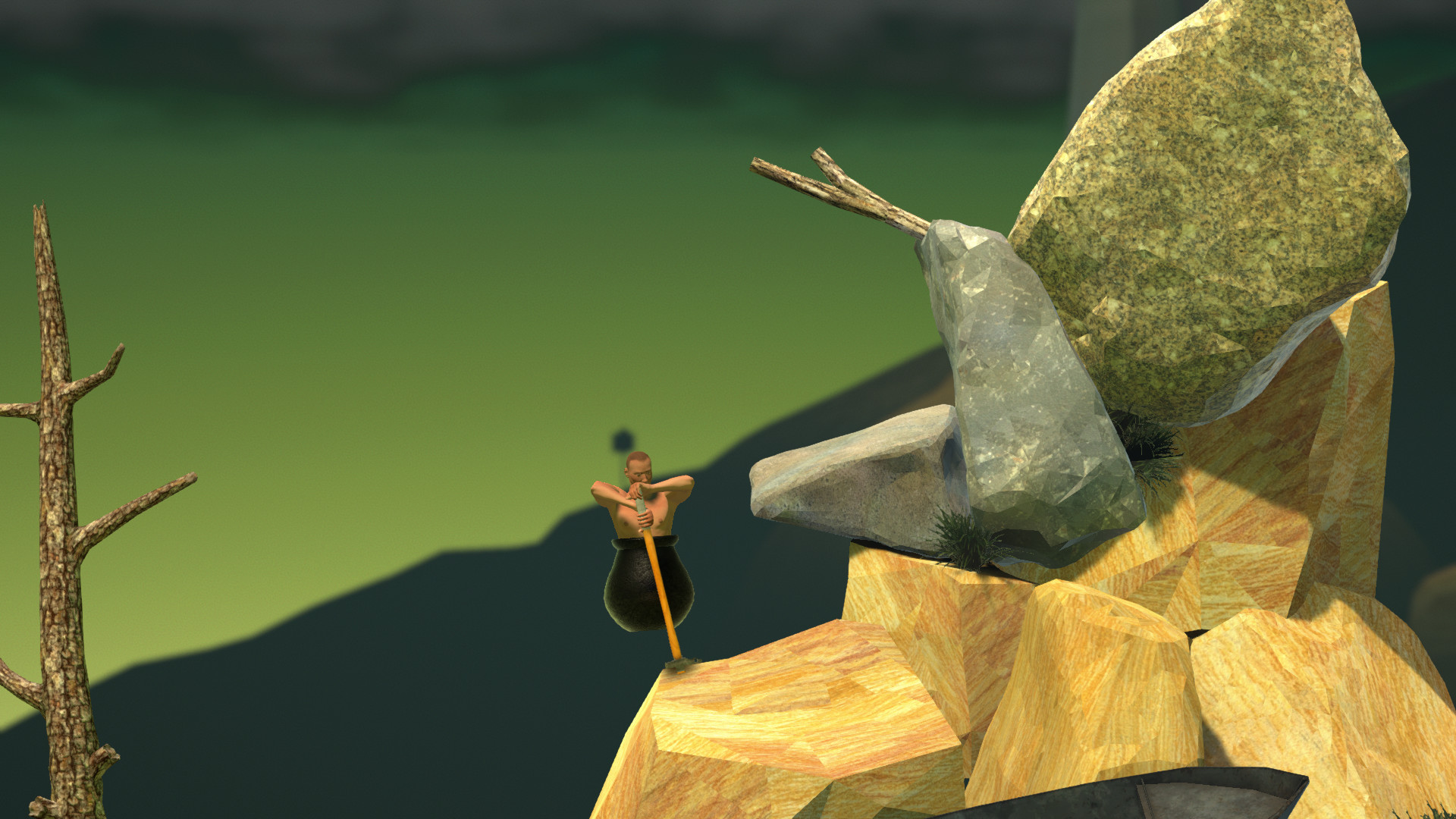Getting the Basics
Most games have a goal. Some the goal is as simple as reaching the flag post on the far right side of the map; other times it is getting to the top of the mountain with only a hammer and a cauldron strapped to your legs. Even sandbox games like Minecraft have objectives built into them. In most games, the incentive to complete these objectives are either just curiosity or playing the game knowing there is an objective to complete.
Some of these objectives are to incentivize the player to experiment with mechanics and explore the world. Continuing with the example of Minecraft, the advancements are mainly built to help the player progress and guide them in the right direction. But others are there to challenge the player’s mechanical or mental skill. Boss fights and speedrun achievements are common examples of these. Completing these often gives some sense of game mastery. These two general categories often go hand in hand to both ease the player into the game and then give them the option to challenge themselves. Having a game that only has challenge-based goals can be frustrating to the play. So how does Getting Over it get away with it?
Rage games fittingly get their name from the feeling they induce. More often than not these games are built to annoy and irritate the player. It seems counterintuitive; why would the designer choose to make the player feel negative emotions while playing their game? One would think that it would cause the player to not play the game anymore, leave a bad review, and not play anything from that developer again. Yet instead, Getting Over It has a very positive rating with nearly fifty thousand reviews. Bennett Foddy even embraces the rage-inducing nature of the game by stating at the beginning of the game description, “A game I made… for a certain kind of person… to hurt them.” So what exactly is changing from the reductive reasoning to the final product?
Getting into Mechanics
The controls for Getting Over It are simple. The mouse moves the hammer, both in circular and radial directions. The actual execution of the controls are anything but simple. This difference is one of the main reasons why Getting Over is so difficult. It is not only difficult but also infuriating to have to achieve a monumental task -climbing a mountain of junk… in a pot… with a hammer- while only having one method of input. But climbing isn’t the only thing in this game. Something people often forget is that Getting Over It isn’t the full title of the game, Getting Over It with Bennett Foddy is its full name.
While playing the game, Foddy is constantly making comments both on your progress (or lack thereof) and of “philosophical observations.” It is this meta commentary that sets Getting Over It apart from just being an enraging experience. I mean it is an enraging experience but it is at least a formative one.
Getting into Narration
Although many of Foddy’s comments are meant to irritate the player, they are presented in a way in which it makes them want to beat the game in spite of him. The way Foddy delivers his lines with a sense of righteousness and entitlement urges the player to want to ascend to punch his very punchable voice. It isn’t enough to just walk away without bringing him down from his high horse. As what he is saying, they are often inspiring despite being delivered with a backhand. The entire facade he puts on is the epitome of tough love. Even the songs that are in the game are backhanded. Most of the songs have some form of failure baked into them. But besides Foddy’s narration and the occasional backhanded song, the game is mostly silent barring the grunts from the hunk in the pot.
The sound design of Getting Over It incentives the player to get out of the pit of despair. The songs chosen are there for the player to wallow in, whether they want to or not. This outward incentive of the sound design provides the complement of the inward incentive the narration provides. With both of these in place, the player is incentivized to climb to get out of the pit of despair and to get into smacking range of Foddy.


I think the comments about narration and sound design are a large aspect of what sets Getting Over It apart from other rage games like Jump King. Foddy is constantly interacting with the player asynchronously, fueling their desire to beat the game using a sort of reverse psychology, keeping the player invested and motivated despite the extremely aggravating gameplay. It’s as though Stanley Parable narration meets a mechanically awkward and difficult game, resulting in a rage-inducing positive experience.
I like your analysis on the mechanics. Inputs in this game feel heavy and delayed. Combined with the fact that movement in all directions is controlled with a mouse click, this reflects the physical limitations in Diogenes’ movement. I appreciate how the game conveys this message through its controls.